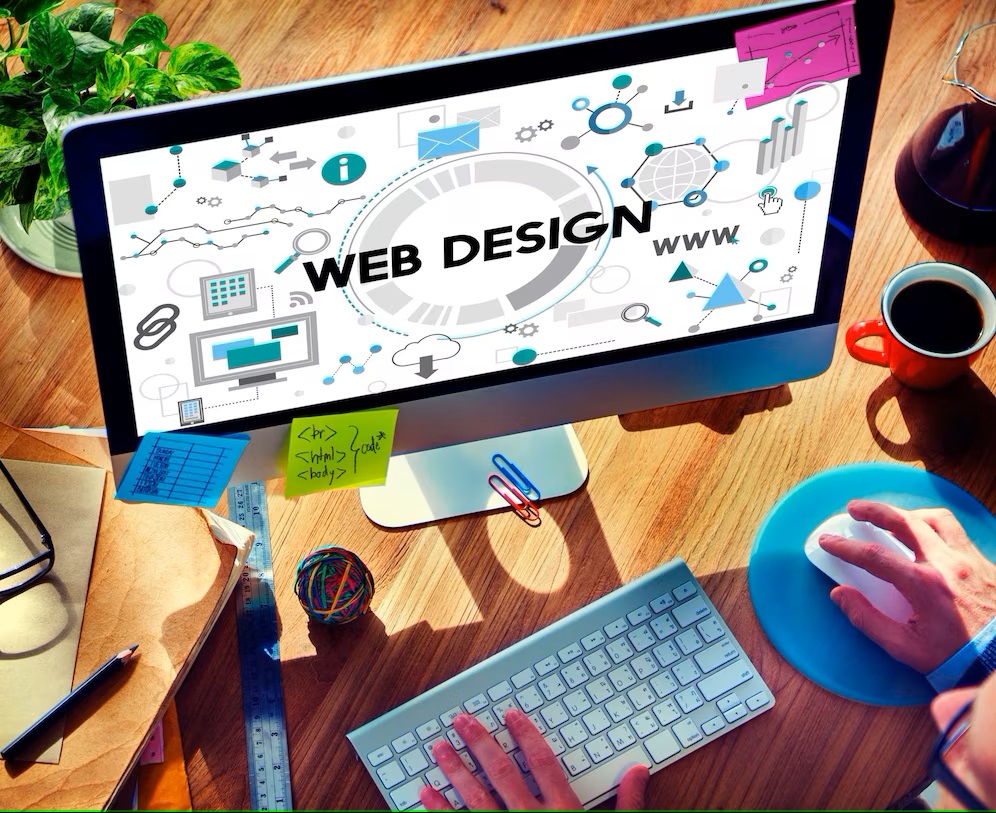Accessibility in Web Design: Designing for All Users

Accessibility is the name of the game when it comes to websites. Ensure your online presence is available to all, including those with disabilities. This means your content can be viewed, understood, navigated, and interacted with. Modern sites must utilize user-friendly web design.
The Web Content Accessibility Guidelines (WCAG) make it possible to make web content more accessible. It’s a commitment to include and recognize that users may have different needs. WCAG is centered around four core principles: Perceivable, Operable, Understandable, and Robust. Let’s examine each of them and consider their useful purposes in web design.
- Perceivable
Every piece of needed information and user interface is displayed so that all users may have a full grasp of what they need to know. Think about the following:
- Alternative Text for Images – Screen readers use alt text to explain visuals to those who are blind or visually impaired. Add concise and informative alt text to every image on your website.
- Captions and Transcripts for Multimedia – Ensure that audio content has transcripts and that videos have subtitles. This makes the information accessible to people who are hard of hearing.
- Semantic HTML – Semantic HTML elements can help you organize your information and improve screen reader compatibility. Use lists, headers, and other HTML tags to communicate the document’s structure.
- Operable
All users, including those with limited mobility, should be able to operate the user interface and navigate easily. A responsive layout for all devices is also a must. These are the things to consider:
- Keyboard Accessibility – Make sure a keyboard can be used to control every interactive feature. This is essential for people who are unable to use a mouse.
- Clear and Consistent Navigation – Design an intuitive navigation structure. By that, we mean it should be simple enough for users to figure out where to go for content.
- Focus Indicator – Users who are using a keyboard to navigate the website should see the focus indicator. This makes it clearer to them where they are on the website and what element is selected at any given time.
- Understandable
The information and functionality of the user interface are understandable and simple to use. These are the elements to include:
- Coherent Layout – Users should be able to easily understand and anticipate where to locate content on the different website pages. The layout and design components are consistent.
- Plain Language – Write in an understandable and straightforward style. Your information must be clear to a wide range of readers. Stay away from jargon and complicated vocabulary.
- Form Validation and Error Messages – Make sure forms are simple to fill out and give users simple error warnings and instructions to help them along the way.
- Robust
There should be no question about what the content is trying to convey, and it should include what’s known as assistive technology. Here are the things to consider:
- Validate Your Code – Use validators for HTML and CSS to make sure your code is error-free. The likelihood of them functioning across various browsers and assistive technologies is higher when the code is valid.
- Assistive Technologies – The website should be able to function with a variety of assistive software, like screen readers and speech recognition.
Websites that Work
The Americans with Disabilities Act (ADA) has specific requirements for user-friendly web designs. By this, we mean developers must stay up-to-date on these requirements by referring to their respective government agencies when designing a website that’s inclusive and makes all users feel welcome, regardless of abilities or impairments. Failing to make your website ADA-compliant can lead to serious consequences. Accessibility isn’t just a feature; it’s a legal requirement.
Do you need help making your site more accessible? Or, do you need a new website built? If so, reach out to Bloom Creative Studios! Call 229-299-8840 or email design@bloomcreativestudios.com.
